Increasing Infrastructure Development
The ongoing expansion of infrastructure projects worldwide appears to be a primary driver for the Utility Locator Market. As urbanization accelerates, the demand for reliable utility locating services intensifies. In 2025, the construction sector is projected to grow by approximately 5% annually, necessitating advanced utility locating technologies to prevent service disruptions. This growth is particularly evident in developing regions, where new projects often encounter existing underground utilities. Consequently, utility locator services are becoming indispensable for ensuring safety and efficiency in construction activities. The Utility Locator Market is thus positioned to benefit from this trend, as stakeholders seek to mitigate risks associated with utility strikes and enhance project timelines.
Regulatory Compliance and Safety Standards
Stringent regulatory frameworks and safety standards are increasingly influencing the Utility Locator Market. Governments and regulatory bodies are mandating compliance with safety protocols to minimize accidents related to underground utilities. In 2025, it is estimated that compliance costs for utility locating services could rise by 10% due to enhanced regulations. This trend compels utility companies and contractors to invest in advanced locating technologies to adhere to these standards. As a result, the Utility Locator Market is likely to experience growth driven by the need for reliable and accurate utility locating solutions that meet regulatory requirements, thereby reducing liability and enhancing public safety.
Rising Demand for Utility Mapping Services
The growing need for comprehensive utility mapping services is a significant driver for the Utility Locator Market. As municipalities and utility companies strive for better asset management, the demand for accurate utility mapping is surging. In 2025, the utility mapping services market is projected to grow by 12%, reflecting the increasing importance of data-driven decision-making in infrastructure management. This trend is particularly relevant as aging infrastructure necessitates detailed mapping to inform maintenance and upgrade strategies. Consequently, the Utility Locator Market is poised to capitalize on this demand, providing essential services that support effective utility management and planning.
Increased Awareness of Utility Strike Risks
Heightened awareness of the risks associated with utility strikes is driving growth in the Utility Locator Market. Incidents of accidental utility strikes can lead to severe consequences, including injuries, service disruptions, and financial losses. In 2025, it is anticipated that the costs associated with utility strikes could exceed several billion dollars annually. This awareness is prompting construction firms and utility operators to prioritize utility locating services as a preventive measure. As a result, the Utility Locator Market is likely to experience increased demand for reliable locating solutions that mitigate these risks, thereby enhancing safety and operational efficiency in various sectors.
Technological Innovations in Utility Detection
Technological advancements in utility detection methods are reshaping the Utility Locator Market. Innovations such as ground-penetrating radar (GPR) and electromagnetic locating technologies are becoming more prevalent, enhancing the accuracy and efficiency of utility locating services. In 2025, the market for GPR is expected to expand by 15%, driven by its ability to detect various utilities with minimal disruption. These innovations not only improve the reliability of locating services but also reduce the time and costs associated with utility detection. As such, the Utility Locator Market is likely to see increased adoption of these advanced technologies, which could lead to improved service offerings and customer satisfaction.

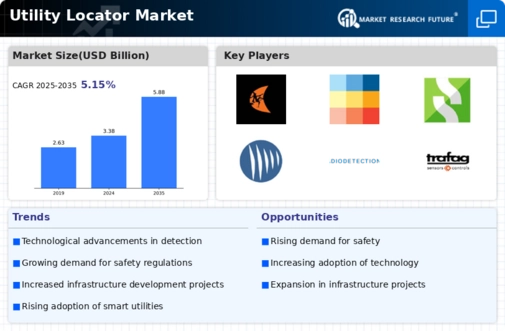
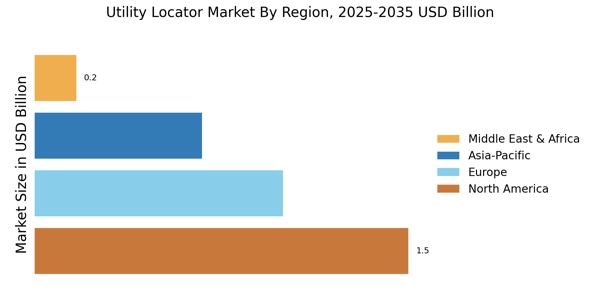

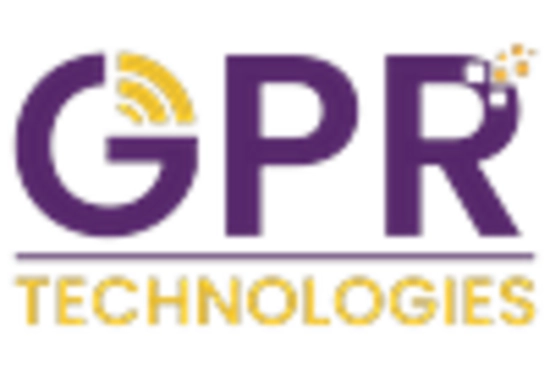
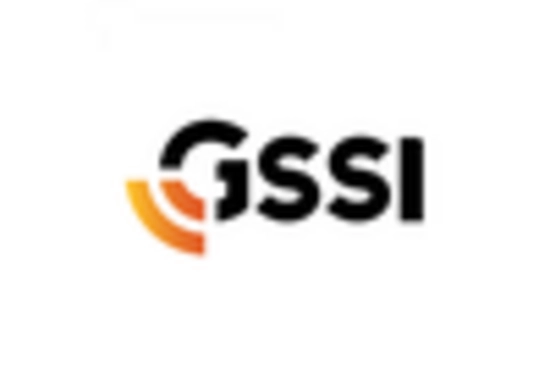

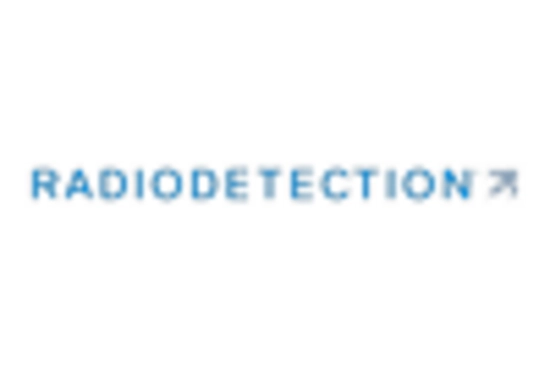









Leave a Comment